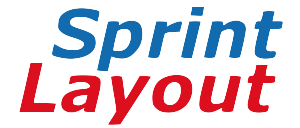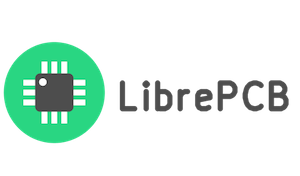 Dein Projekt in besten Händen
Dein Projekt in besten Händen
 Made in Germany
Made in Germany
 Weltweiter Versand – oft kostenlos
Weltweiter Versand – oft kostenlos
 100 % Zufriedenheitsgarantie
100 % Zufriedenheitsgarantie
Du benötigst Platinen, Bauteile oder Bestückung für dein Projekt? AISLER hat alles, was du benötigst, um dein Projekt umzusetzen! Gefertigt ab 2 Arbeitstagen und weltweit kostenlos an dich geliefert. Steigere deine Produktivität ohne arm zu werden!
Jetzt starten Technische DetailsLeiterplatten, gefertigt in einem Werktag, schon ab 12,18 €. Gefertigt und geliefert aus Deutschland. 2, 4 oder mehr Lagen, ENIG, HASL oder andere Oberflächenveredelungen und hochwertige Basismaterialien.
EntdeckenDer Bestückungsservice für Prototypen. Gemacht für Geschwindigkeit und schnelle Iterationen. Innerhalb von 6 Werktagen gefertigt. Iteriere dein Projekt schneller mit Amazing Assembly.
EntdeckenDie elektronischen Bauteile für dein Projekt, geliefert bis an die Fertigungslinie. Dank der Einkaufskraft von AISLER sicherst du dir die besten Preise für kleine und große Stückzahlen.
EntdeckenDer Bestückungsservice für größere Stückzahlen. Gemacht, um deine Lieferkette zu vereinfachen und ein fertiges Produkt an deine Kundschaft zu liefern. Von der Kleinserie bis zum komplexen Box‑Build.
Entdecken Dein Projekt in besten Händen
Dein Projekt in besten Händen
 Made in Germany
Made in Germany
 Weltweiter Versand – oft kostenlos
Weltweiter Versand – oft kostenlos
 100 % Zufriedenheitsgarantie
100 % Zufriedenheitsgarantie
Wir unterstützen

















